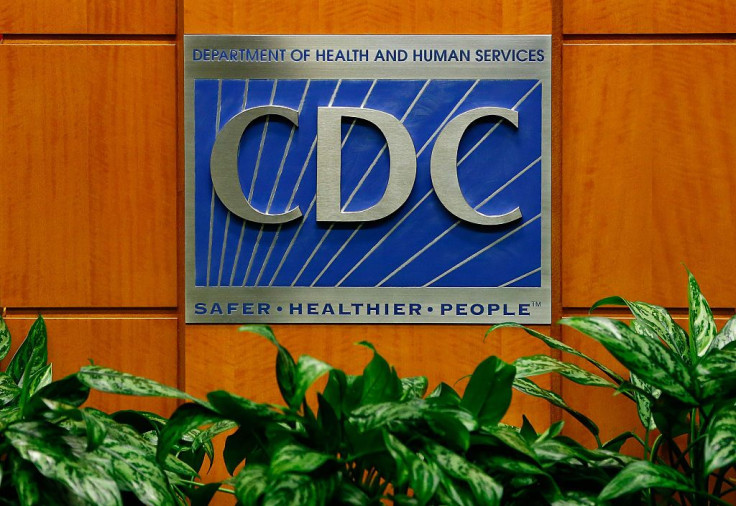
Most teen girls in the U.S. would admit that there have been moments when they have felt so depressed and hopeless that they were unable to carry on with their daily lives for weeks on end.
That is confirmed by sobering new data from the Centers for Disease Control and Prevention, which was released on Monday. The number of high school girls who said they were persistently sad or hopeless soared to almost 60% over the 10 years from 2011 to 2021, according to the agency.
Teenage girls are now reporting twice as much continuous despair and hopelessness as boys of the same age. The finding comes after years of rises in teen girls' depression and suicidality, which has caused some to raise the alarm about a widespread mental health crisis among young women nationwide.
A new #CDCYRBS Data Summary & Trends Report shows that while all adolescents reported increasing mental health challenges, experiences of violence, & suicidal thoughts & behaviors, girls fared worse across nearly all measures. Learn more: https://t.co/37byjm5lo7 pic.twitter.com/m6fiJGlpDs
— CDC (@CDCgov) February 13, 2023
No single factor, according to experts on a CDC briefing call, is responsible for these increases; but rather that a complex web of variables, including stressors associated with school, the pandemic's effect on social isolation, social media, and the way people interact with one another, may all be contributing factors.
Nearly two in every three teen girls (57%) surveyed said "yes" when they were asked if, over the last year, they'd ever felt "so sad or hopeless almost every day for two weeks or more in a row" that they "stopped doing some usual activities." Only about one in three teen boys (29%) said the same, Insider reports.
According to the latest CDC report, which was based on a survey of more than 17,500 students from 152 public and private high schools in the US, increased chronic sadness and hopelessness were prevalent among "large percentages of students across all racial and ethnic groups."
It is possible that boys simply don't report or express sadness in the same way that girls do. For example, according to recent research on adult men funded by the CDC, many of them who were clinically depressed never reported feeling hopeless but instead said they felt angry and acted irritably as a result.
There are indicators that a difference in mental health between teen boys and teen girls is real. Teen girls were more likely to have suicidal thoughts than teen boys, in addition to higher levels of sadness and hopelessness. The percentage of teen girls who attempted suicide in 2021 was nearly double that of their male peers.
The rises in depression and suicidal thoughts coincide with a rise in the number of young women who are also reporting disturbing instances of sexual assault and forced sex. Numerous mental health conditions, substance abuse, and long-term physical health difficulties have all been linked in studies to sexual assault and forced sex.
The number of teen girls reporting ever being forced to have sex is a number that's been consistently high, hovering above 10% since 2011, but it jumped further between 2019 and 2021, according to Kathleen Ethier, who is the director of the CDC's Division of Adolescent and School Health.
"14% of teen girls had been physically forced to have sex when they did not want to," Ethier said. "Think about what I just said: For every 10 teenage girls you know, at least one of them, and probably more, has been raped. This tragedy cannot continue."
Native and LGBTQ+ students, who also have some of the worst suicide rates in the nation, are more likely to have forced sex.
Dr. Debra Houry, the CDC's acting principal deputy director, said in a release, "High school should be a time for trailblazing, not trauma."
"These data show our kids need far more support to cope, hope, and thrive," Houry said.
If you or someone you know is struggling or in crisis, help is available. Call or text 988 or chat https://t.co/aLLohASutY. @988Lifeline
— CDC (@CDCgov) February 13, 2023
Teachers and mentors at school can employ some evidence-based preventative and intervention strategies that have been recommended by the CDC to support kids' mental health. Many of them focus on encouraging kids' feeling of community at school, as well as increased peer support, autonomy, and empowerment in the classroom.
© 2025 Latin Times. All rights reserved. Do not reproduce without permission.




